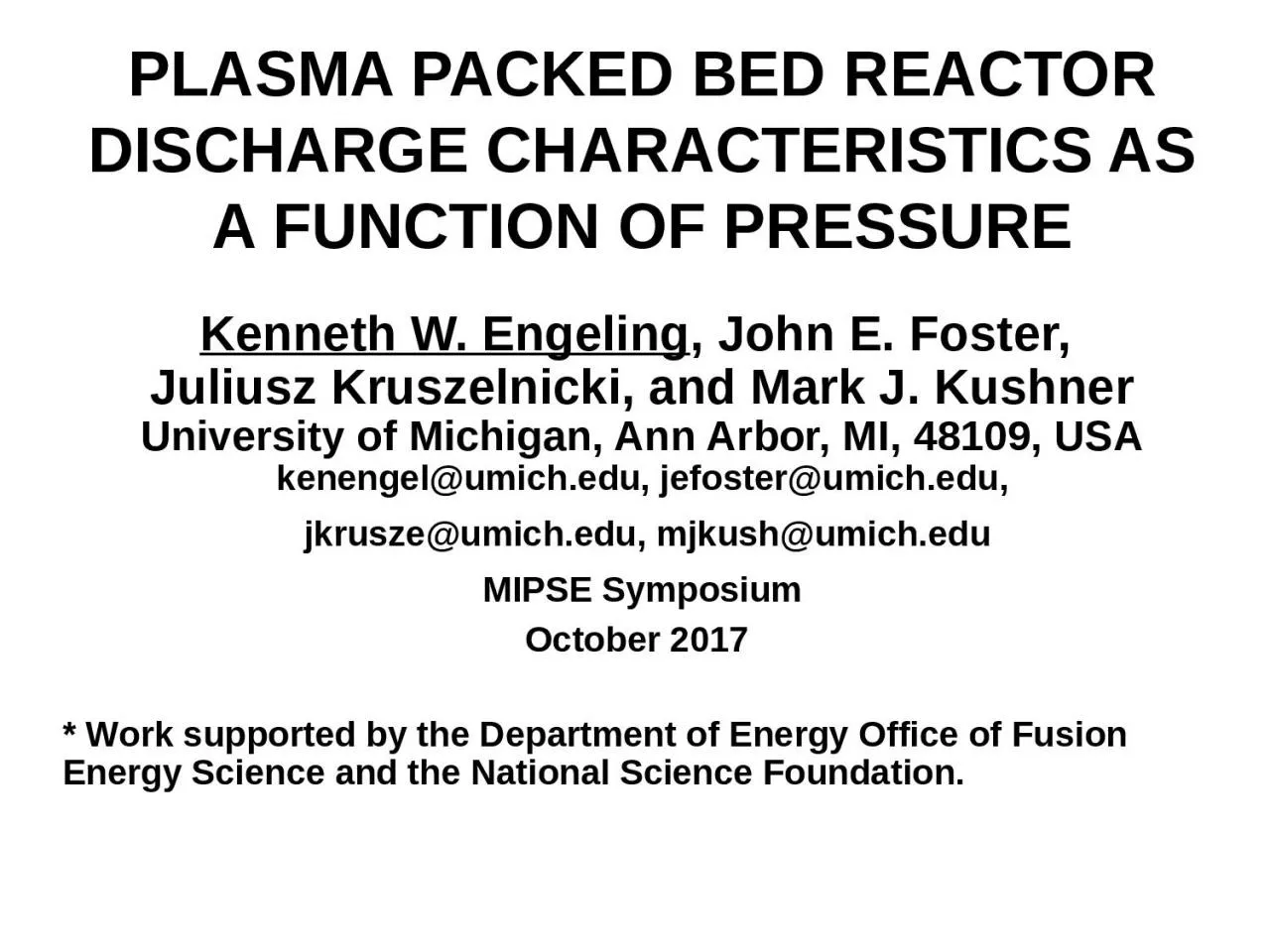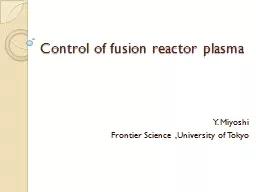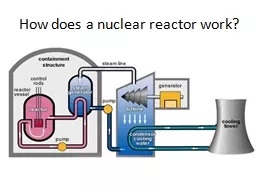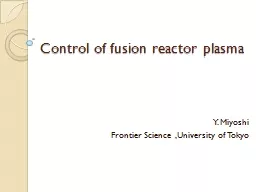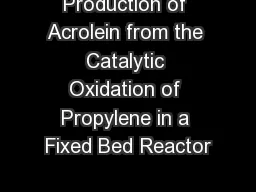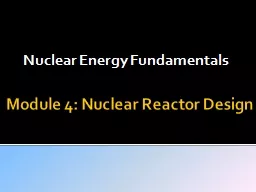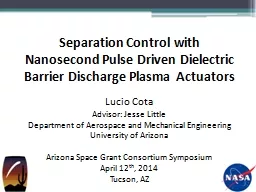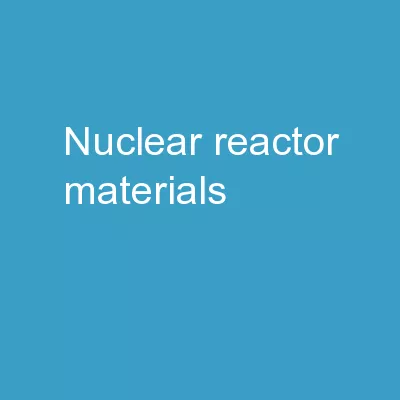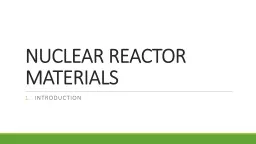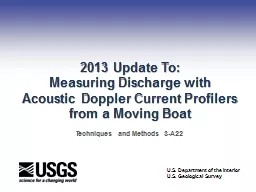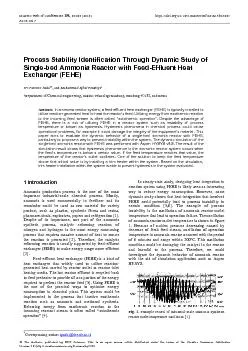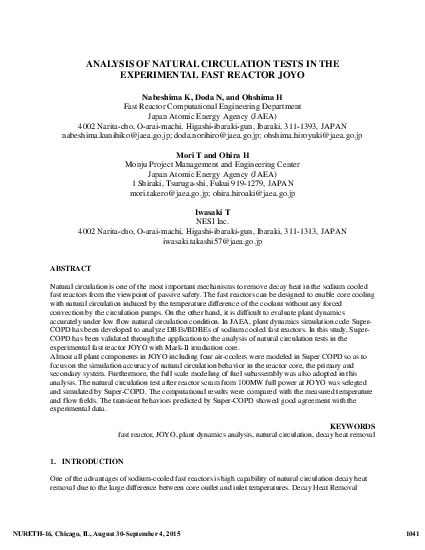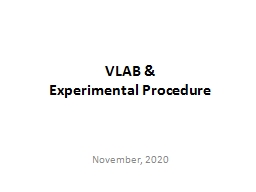PPT-Plasma Packed bed reactor discharge characteristics as a function of pressure
Author : white | Published Date : 2023-10-26
Kenneth W Engeling John E Foster Juliusz Kruszelnicki and Mark J Kushner University of Michigan Ann Arbor MI 48109 USA kenengelumichedu jefosterumichedu
Presentation Embed Code
Download Presentation
Download Presentation The PPT/PDF document "Plasma Packed bed reactor discharge char..." is the property of its rightful owner. Permission is granted to download and print the materials on this website for personal, non-commercial use only, and to display it on your personal computer provided you do not modify the materials and that you retain all copyright notices contained in the materials. By downloading content from our website, you accept the terms of this agreement.
Plasma Packed bed reactor discharge characteristics as a function of pressure: Transcript
Download Rules Of Document
"Plasma Packed bed reactor discharge characteristics as a function of pressure"The content belongs to its owner. You may download and print it for personal use, without modification, and keep all copyright notices. By downloading, you agree to these terms.
Related Documents

